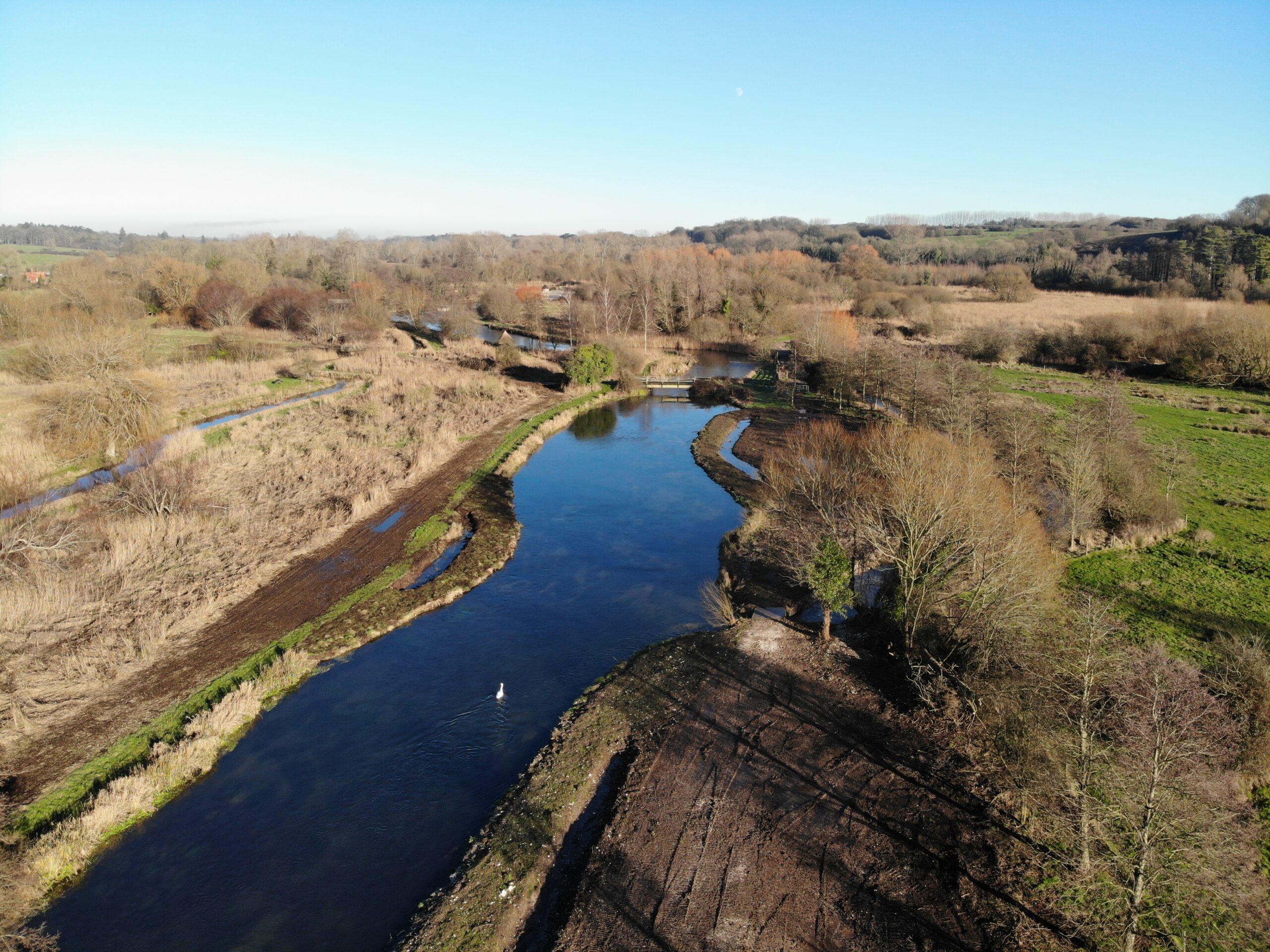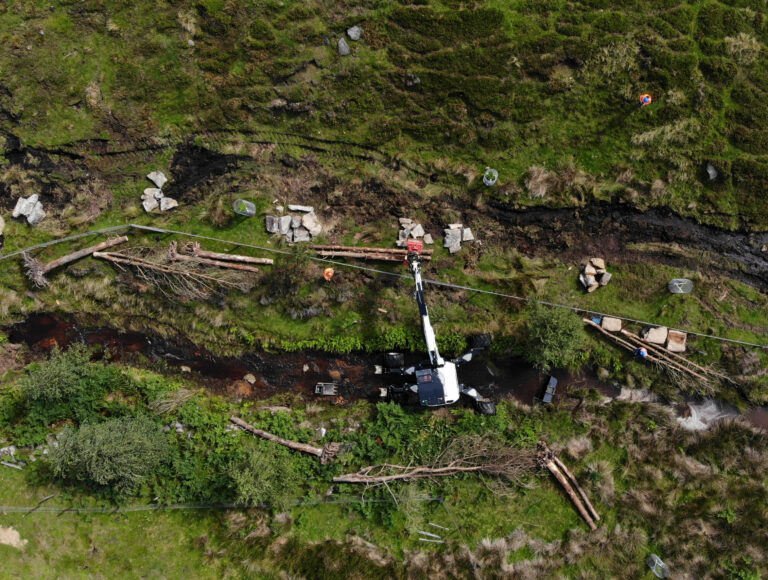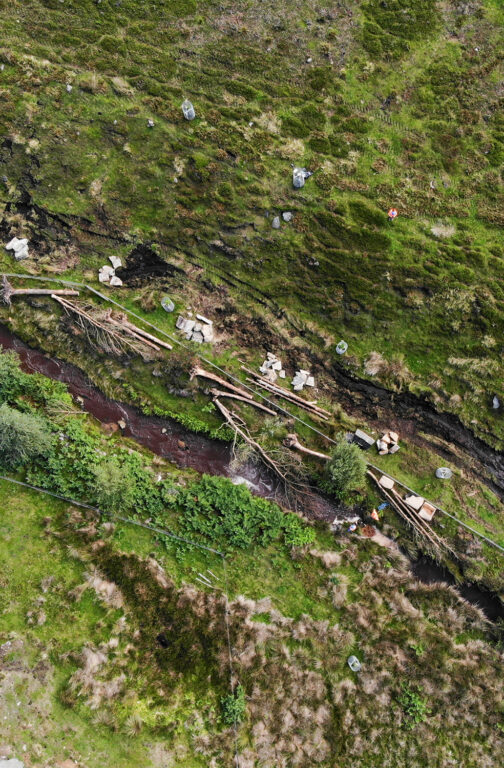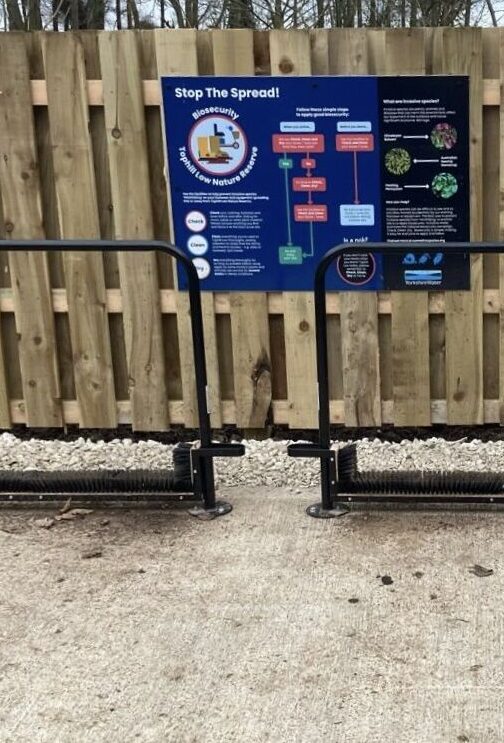As climate change increases the occurrence and severity of flooding, Stonbury provides solutions to organisations seeking alternative flood risk management strategies.
Flooding is a growing concern for the water industry as it pursues more sustainable ways to prevent excess rainwater from overwhelming assets and watercourses. While traditional approaches have focused on engineered flood barriers and drainage systems, Stonbury showcases methods that make changes throughout the catchment incorporating nature-based solutions with civil engineering schemes.
Thinking holistically
Instead of managing flood water locally with costly engineered solutions, flood risk management offers a holistic approach to managing the long-term risk of flooding by utilising interventions throughout the entire catchment. Stonbury works with the Environment Agency on flood risk-specific frameworks, maintaining channels throughout England to enhance catchment resilience.
To maintain and improve water conveyance, Stonbury undertakes desilting, vegetation management, and debris clearance within rivers and drainage channels. Invasive non-native species control is crucial, as these invaders out-compete native plant species and destabilise river banks, damage assets, and create blockages. Further measures include embankment grass cutting, hedgerow planting, livestock fencing and badger relocation to stabilise banks and protect them from erosion or collapse.
Maintaining assets such as weirs, fish passes and trash screens is fundamental to Stonbury’s environmental frameworks. Maintenance works are completed on a planned basis to prevent failures, for example, refurbishing floodgates or repairing embankment crests to prevent over-topping. Stonbury also works on a reactive basis for the Environment Agency, providing 24-hour emergency response for flood incidents.
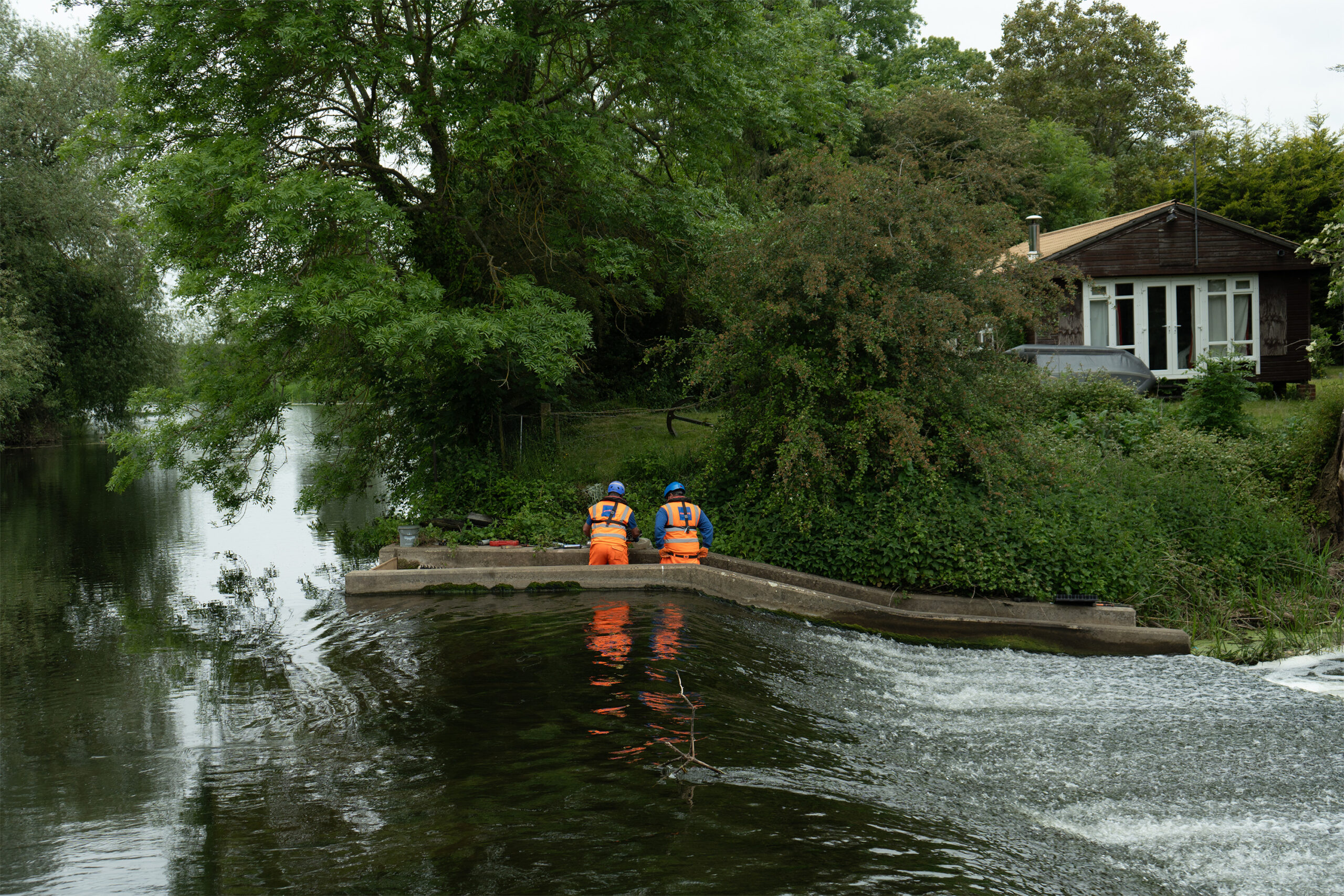
Putting nature to work
Natural Flood Management (NFM) utilises sustainable, nature-based solutions that leverages natural processes to reduce flood risk by restoring and enhancing ecosystems. By mimicking or restoring the natural functions of rivers, floodplains, and the broader landscape, NFM aims to store water higher in the catchment and ‘slow the flow’ of water through channels to reduce flooding downstream.
Stonbury, a prominent advocate of nature-based solutions, undertakes channel morphology projects that restore rivers by ‘re-wiggling’, creating berms, and forming offline ponds. A notable example is introducing berms to increase flows on chalk streams in Southern England. Restoring the natural geomorphology of channels not only aids their ability to retain water but also promotes biodiversity, drought protection, improved water quality and climate resilience.
Stonbury’s NFM programmes also include the strategic placement of ‘leaky dams’ in upland areas to increase habitat diversity and reduce conveyance speeds. Other green engineering solutions include rewetting meadows to extend wetland habitat, which temporarily stores water within the landscape, and installing reed beds on wastewater sites to store and process stormwater and support wildlife.
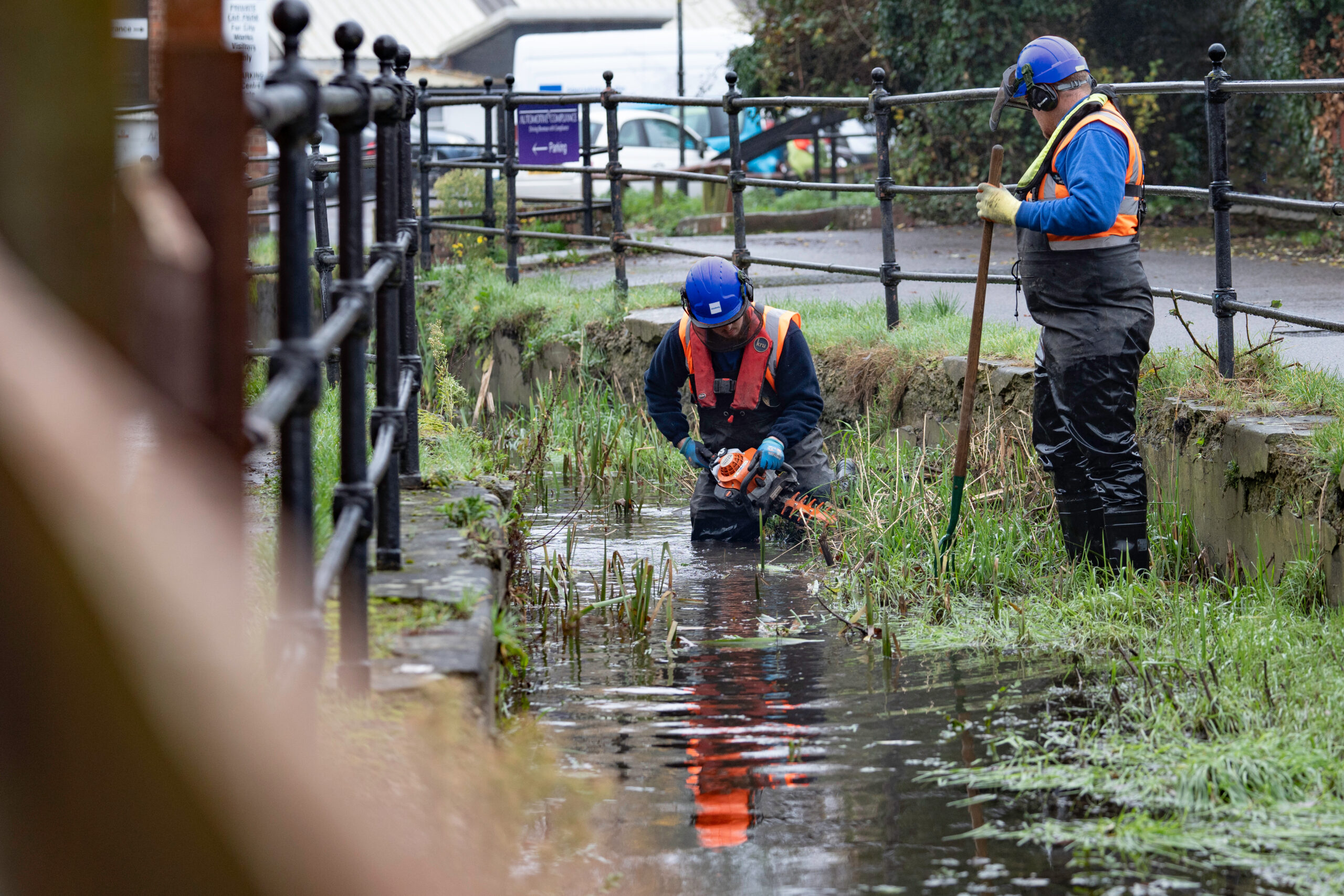
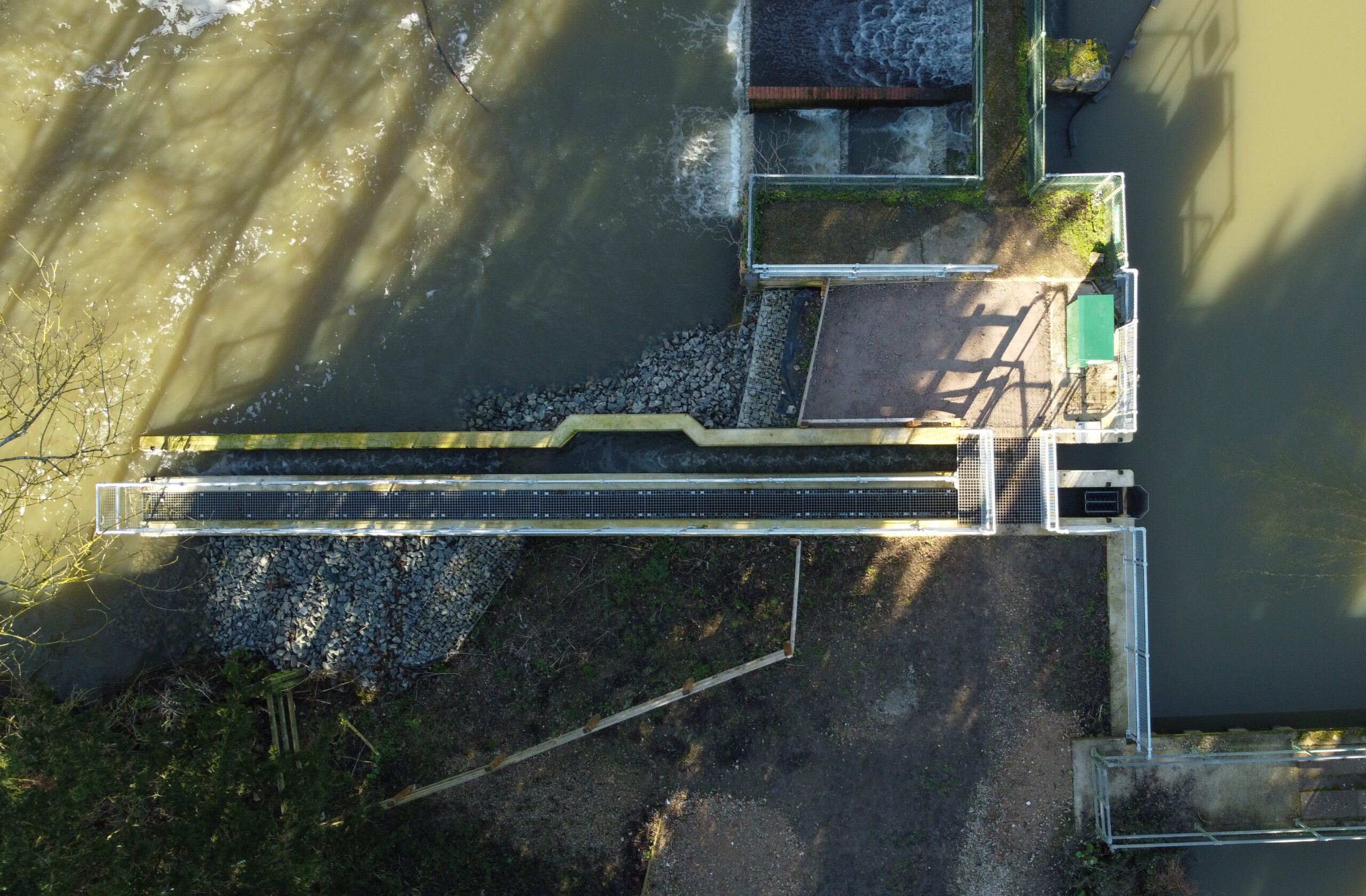
Inspiring change
Although traditional flood defence solutions still serve a purpose in safeguarding towns and cities, engineers must embrace alternative, sustainable strategies to mitigate flood risk. As a leading sustainability specialist within the water industry and environment sectors, Stonbury champions both green and grey solutions as part of flood risk management, encouraging partners to consider nature-based solutions where possible. This catchment-wide approach integrates sustainable engineering with natural processes, allowing nature to play a more prominent role in protecting itself and communities.
